You are no doubt an excellent constructor of four- and six-folded bases by now. It’s time to move on to something just a bit trickier: five-fold patterns. Constructing a five-fold base can be infuriating, but with a little practice, you’ll figure it out in no time. Don’t
You’ll notice that the instructions here are repetitive up until a point; this is so that anyone can start on this page without having to reference anything else.
1. Like any other geometric drawing, start by making a horizon line. Set your compass to any radius and keep it set at this width for now. Now place your compass anywhere along the line and draw a full circle. This circle is often called the “mother circle” since it gives birth to the rest of the forms in the drawing. You’ll notice that the horizon line divides the mother circle perfectly into two halves.
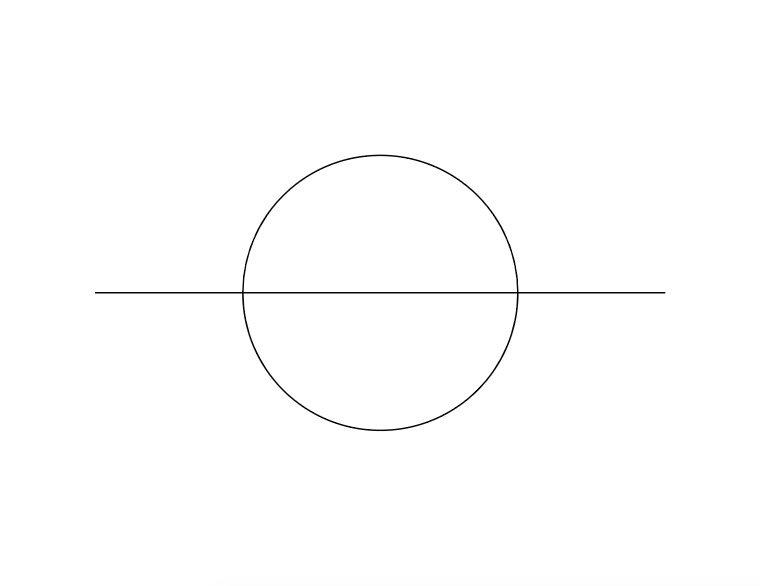
2. Place your compass on the easternmost point of the mother circle – where it intersects with the horizon line – and draw another full circle.
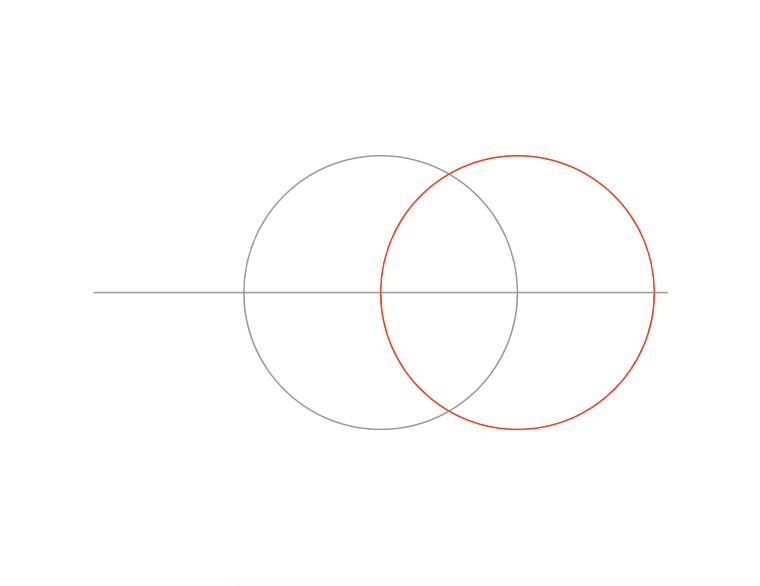
3. You won’t be drawing any more circles the size of the mother circle, so it’s time to change your compass radius. Adjust it to any size larger than ¾ the diameter of your mother circle. Place your compass on the easternmost point of the mother circle – where it intersects with the horizon line – and draw another full circle. Do the same on the westernmost point using the same compass radius.

4. As long as both the circles you made in step 3 are the same size – no matter how big or small they are – they will intersect at two points on the vertical bisector of the mother circle. Draw in the vertical bisector.
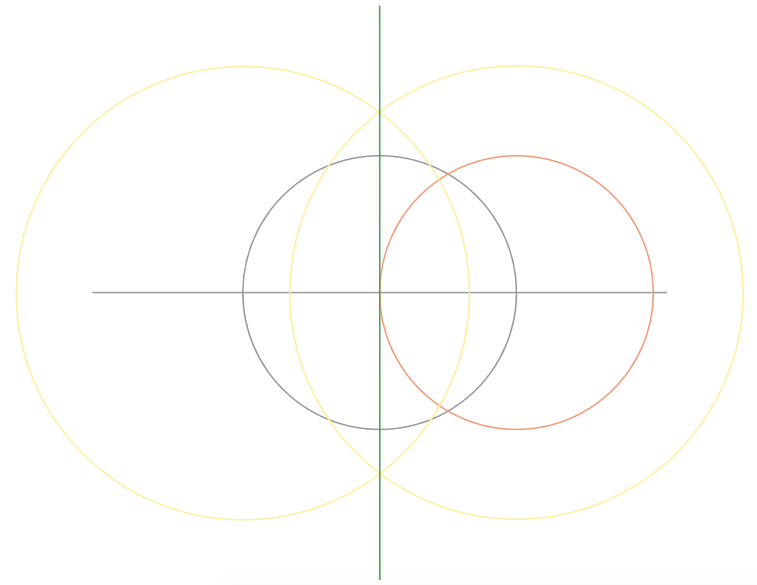
5. Draw in another vertical line that connects the points where the mother circle and east circle intersect.
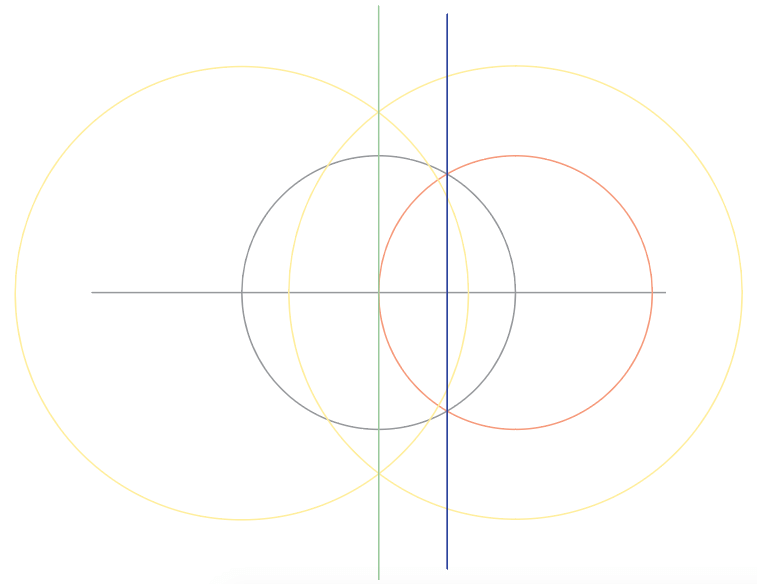
6. Set your compass radius to the width that spans from the northernmost point of the mother circle, to the point where the blue vertical that you just drew intersects with the horizon line.
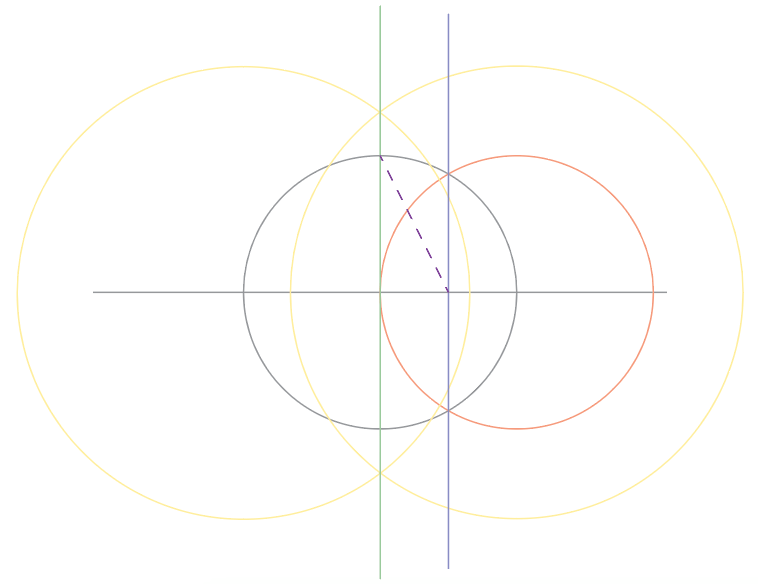
7. Place your compass on the point where the blue vertical intersects with the horizon line. Draw a full circle. Once you get good at this, you’ll only need an arc, but for now it’s helpful to see the full drawing.

8. Set your compass radius to the width that spans from the northernmost point of the mother circle, to the point where the purple circle that you just drew intersects with the horizon line.

9. I drew a circle at the point where the purple circle intersects with the horizon line just to illustrate the size of this circle compared to the mother circle. You don’t need to draw one. This compass radius will allow you to divide the mother circle into five equal parts.
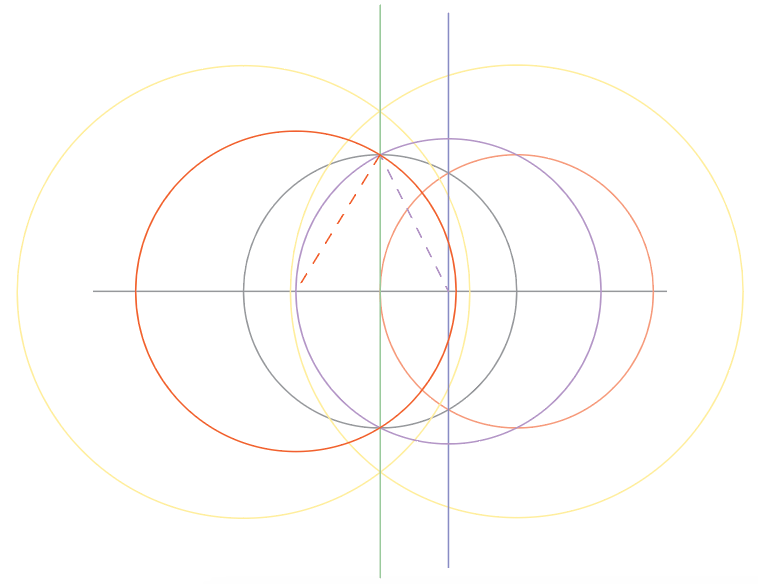
10. Place your compass at the northernmost point of the mother circle. Draw a full circle. Move on to a point where the circle you just draw intersects with the mother circle. Draw a full circle. Continue on around the mother circle, drawing three more full circles. This is the part where you’ll find out if your measurements were precise enough and is often the most frustrating part. Don’t fret! Adjust your compass a bit if you need to until your five circles intersect perfectly around the edge of the mother circle.

11. Connect the five “petals” that the overlapping circles form inside the mother circle. This will make a pentagon. This kind of pentagon is called “static” since it since it has a base to sit on.

12. Alternatively, you can start by placing your compass at the southernmost point of the mother circle.
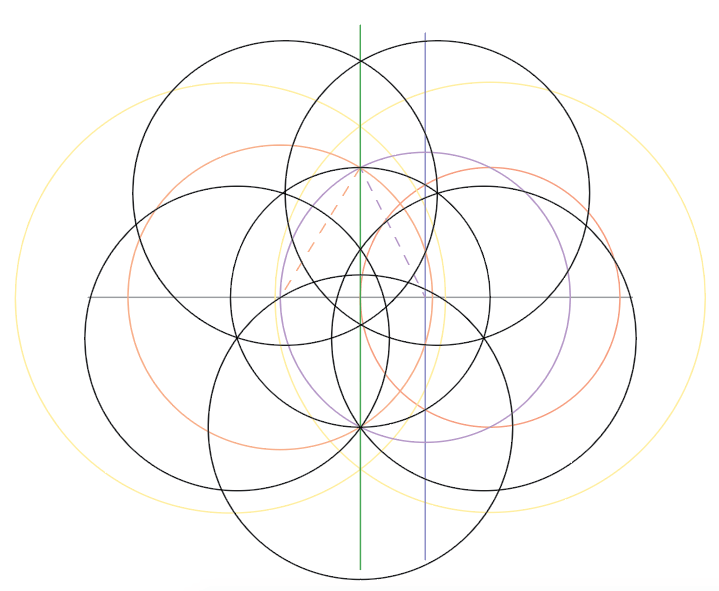
13. If you connect the petals in this arrangement, you’ll end up with another pentagon. This kind of pentagon is called “dynamic” since it looks like it could topple over at any moment.
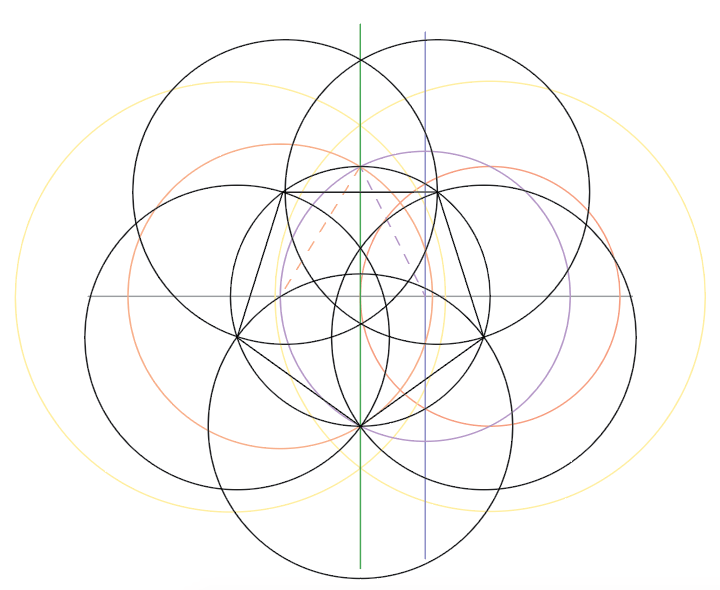
14. Regardless of whether you started at the top or bottom of the mother circle, draw in the five mirror lines by going through the petals and the points of the star at the center of the mother circle.
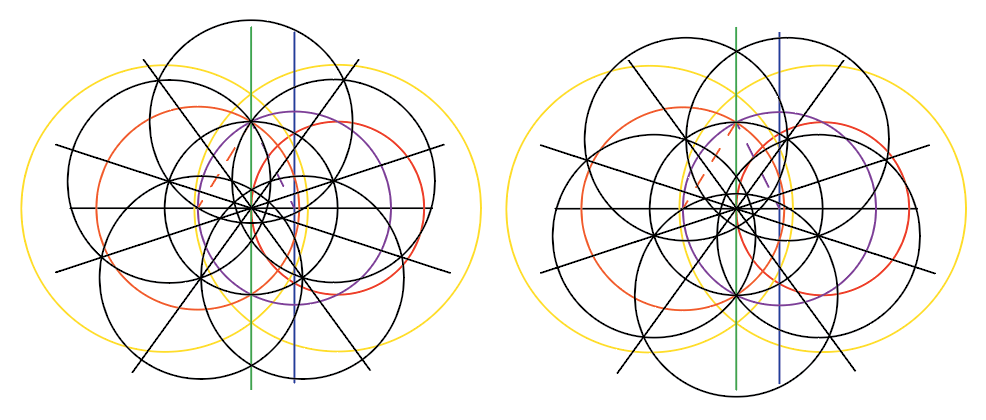
15. If you overlap the static and dynamic pentagon, you make a ten-pointed star. Another way to think of this is that you connected each of the ten points by skipping every other point.
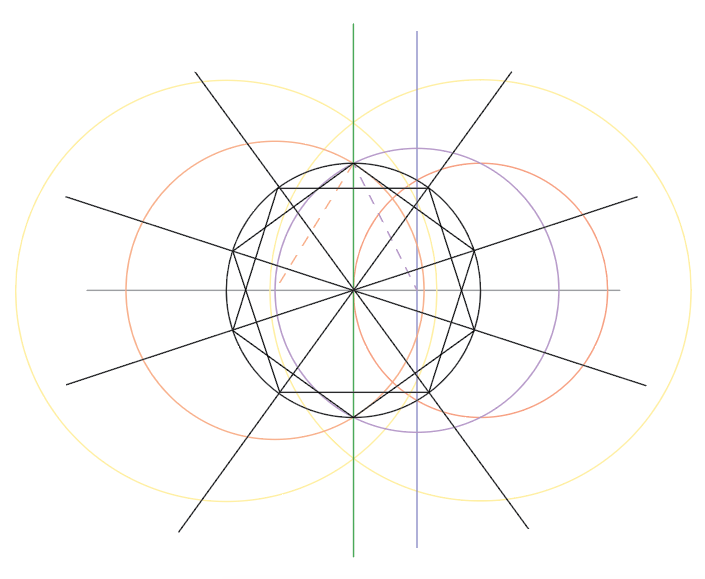
16. If you connect each of the ten points without skipping any points, you get a decagon.

17. If you connect each of the ten points by skipping two points, you get a star made out of one continuous line.
